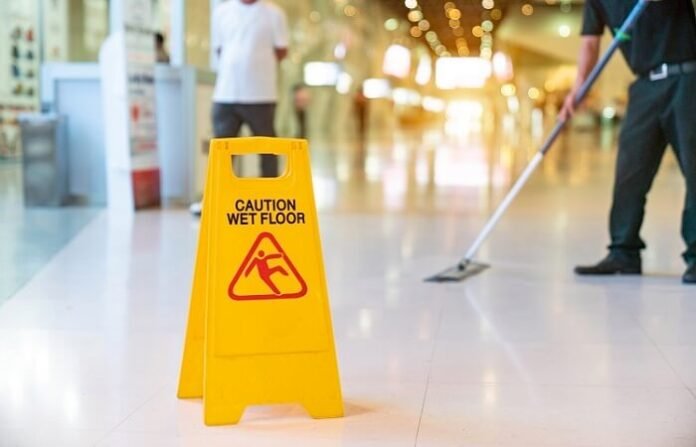In any workplace or public setting, maintaining safety is paramount to preventing accidents and injuries. Floor safety signs play a crucial role in alerting individuals to potential hazards and guiding them to navigate safely through the environment. Understanding the purpose and significance of floor safety signs is essential for ensuring the well-being of employees, customers, and visitors alike.
What Are Floor Safety Signs?
- A floor safety sign is a visual cue placed on floors to communicate important safety information to individuals in a specific area. These signs typically feature bold colors, symbols, and text to convey warnings, instructions, or prohibitions related to potential hazards.
Types of Floor Safety Signs
- Caution Signs: Caution signs alert individuals to potential hazards or dangers in the vicinity. These signs typically feature yellow and black colors and may include symbols such as a triangle with an exclamation point or the word “caution” in bold letters.
- Wet Floor Signs: Wet floor signs are commonly used to indicate slippery or wet surfaces that pose a slip and fall risk. These signs are often yellow with a pictogram of a person slipping or falling, accompanied by the words “Wet Floor” or “Caution: Wet Floor.”
- No Entry Signs: No entry signs prohibit individuals from entering restricted areas or accessing hazardous areas. These signs usually feature red and white colors and may include symbols such as a circle with a diagonal line across it or the words “No Entry” or “Do Not Enter.”
- Directional Signs: Directional signs guide individuals to navigate safely through a space or indicate the location of emergency exits, first aid stations, or other essential facilities. These signs feature arrows or directional indicators along with clear text instructions.
Key Considerations for Floor Safety Signs
- Visibility: Floor safety signs should be highly visible and easily recognizable to ensure that individuals can quickly identify them from a distance. Bright colors, bold fonts, and clear symbols enhance visibility, especially in busy or crowded environments.
- Placement: Proper placement of floor safety signs is crucial to maximizing their effectiveness. Signs should be strategically positioned in areas where hazards are present or where individuals need to be alerted to safety precautions. Additionally, signs should be placed at eye level and positioned to avoid obstruction or distraction.
- Maintenance: Regular maintenance and inspection of floor safety signs are essential to ensure that they remain in good condition and continue to effectively communicate safety messages. Signs that are damaged, faded or illegible should be promptly replaced to prevent confusion or oversight of safety hazards.
- Compliance: Compliance with relevant safety regulations and standards is essential when selecting and installing floor safety signs. Organizations should familiarize themselves with applicable guidelines, such as those established by the Occupational Safety and Health Administration (OSHA), to ensure compliance and promote a safe working environment.
Conclusion
Floor safety signs are invaluable tools for promoting safety awareness, preventing accidents, and minimizing risks in various settings. By understanding the different types of floor safety signs, key considerations for their use, and the importance of compliance, organizations can create safer environments for employees, customers, and visitors alike. Prioritizing the implementation and maintenance of floor safety signs demonstrates a commitment to safety and contributes to a culture of vigilance and precautionary measures.
